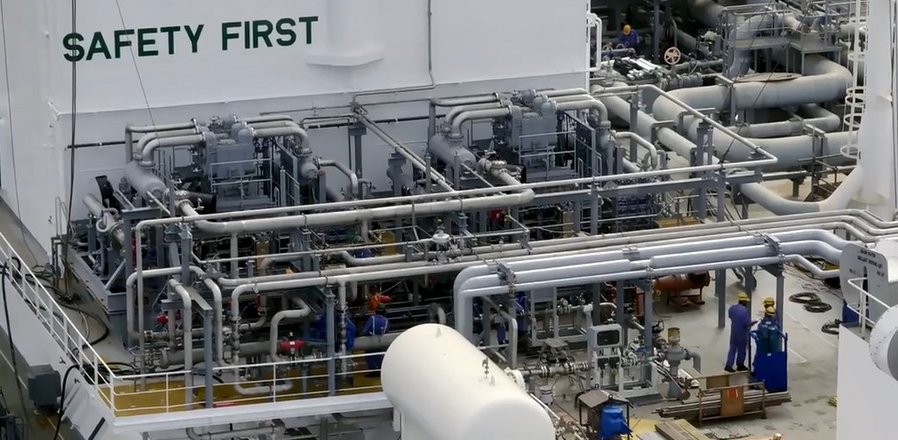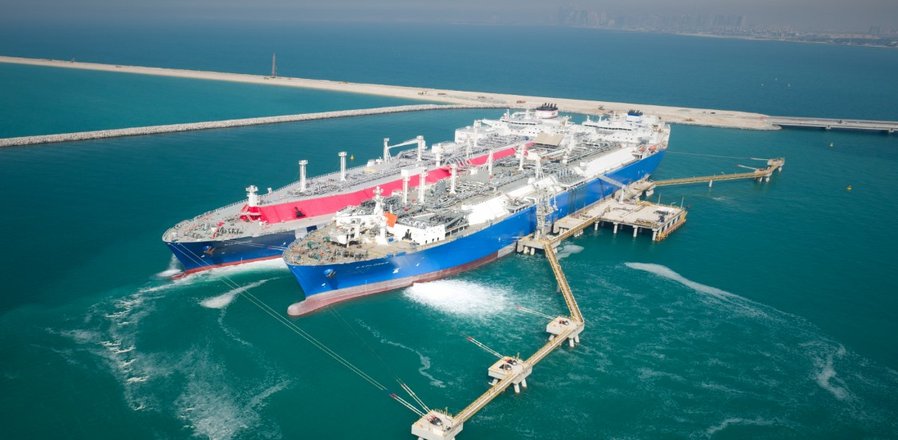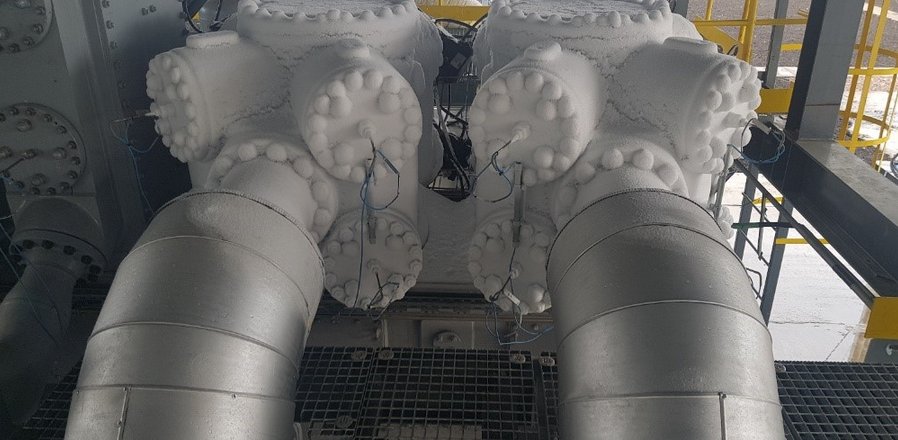
The climate change and global warming are politically addressed in almost every country. The difference of CO2 emissions between coal and gas power plants is huge. In a modern coal fired power plant for generation of 1MWh of energy 1 to 1.2 tons of CO2 are released. A gas power plant on the other hand releases only 0.4 to 0.5 tons of CO2 emissions. Therefore, in a first step liquefied natural gas (LNG) is a good solution on the way to decarbonizing the energy sector.
Due to this situation, in the future the operating companies of coal power plants will be more commercially loaded with emission trading and CO2 fees. The production of renewable energy soon is not possible in all countries and regions worldwide. With many countries also having a growing energy demand due to an increase of population, gas power plants will be one of the main solutions. Therefore, the growing LNG market in the next years will play a major role in energy production.

The production of LNG changed over the time towards offshore at gas fields. Typically, these are floating production storage and offloading units (FPSO) or floating liquefied natural gas facilities (FLNG). Both are taking the raw gas from the subsea or drilling platform and the onboard facility produces natural gas, LPG and C5+ natural gas condensates. FLNG is specialized on gas only whereas in FPSOs the focus lies on oil and the gas treatment and processing plays a more minor role. The gas processing starts first with gas treatment followed by liquefaction and finally storage onboard. Generally, for transportation the onshore facility (export terminal at a liquefaction plant) or the FPSO or the FLNG will load the LNG on carriers (LNG tankers) to transport the gas further to the receiving terminals.

Import terminals store the LNG at the storage tanks. Boil-off gas (BOG) is generated when the temperature of the LNG exceeds the vaporization temperature. To avoid tank ruptures from overpressure, when re-vaporizing LNG expands by the factor 600, a boil-off gas handling compressor system is necessary. Depending on the required capacity of the power plant or other users, the overcapacity is liquefied again and pumped back to the storage tanks. The amount of BOG is regulated under normal operating conditions via vaporizers. During ship unloading the BOG amount is significantly higher than at normal operation. Therefore, the BOG compressors are designed for this case and thus a powerful control system with a wide control range is very desirable. Furthermore, NEA’s contact ring type compressors offer the best efficiency due to their minimal internal leakage. On the discharge header installed send-out compressors are transporting the gas towards the power plant or into a natural gas pipeline system for other users.

Either at the receiving terminal (import terminal) or the floating storage and regasification unit (FSRU) which is permanently moored near shore the gas is re-gasified and made available to the end users. Mainly onshore available space and the admission office drive the decision for the concept.
All the above-mentioned units and facilities are requiring a high availability and high reliability to supply safely the energy demand. Operators need a good access to rotating equipment for easy and safe maintenance. NEUMAN & ESSER compressors and the service close to the customer fulfill these requirements.